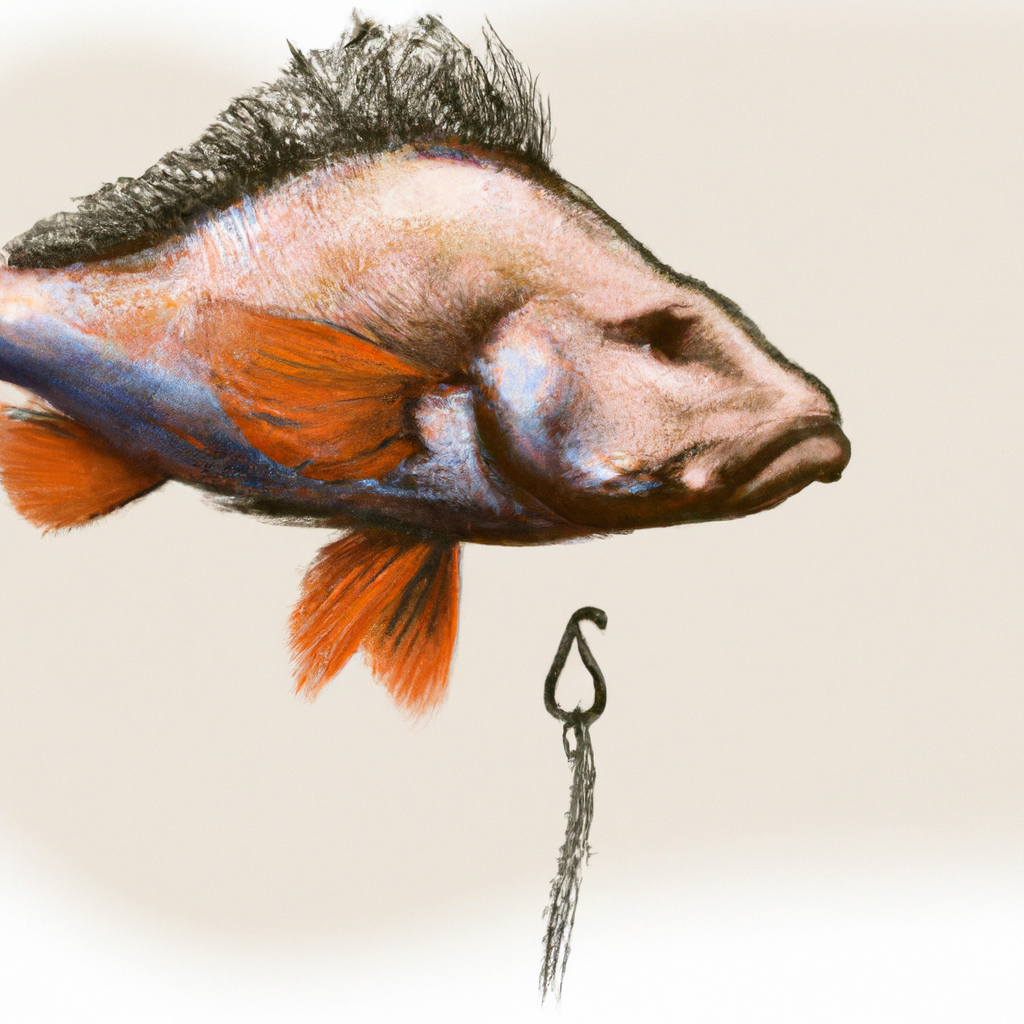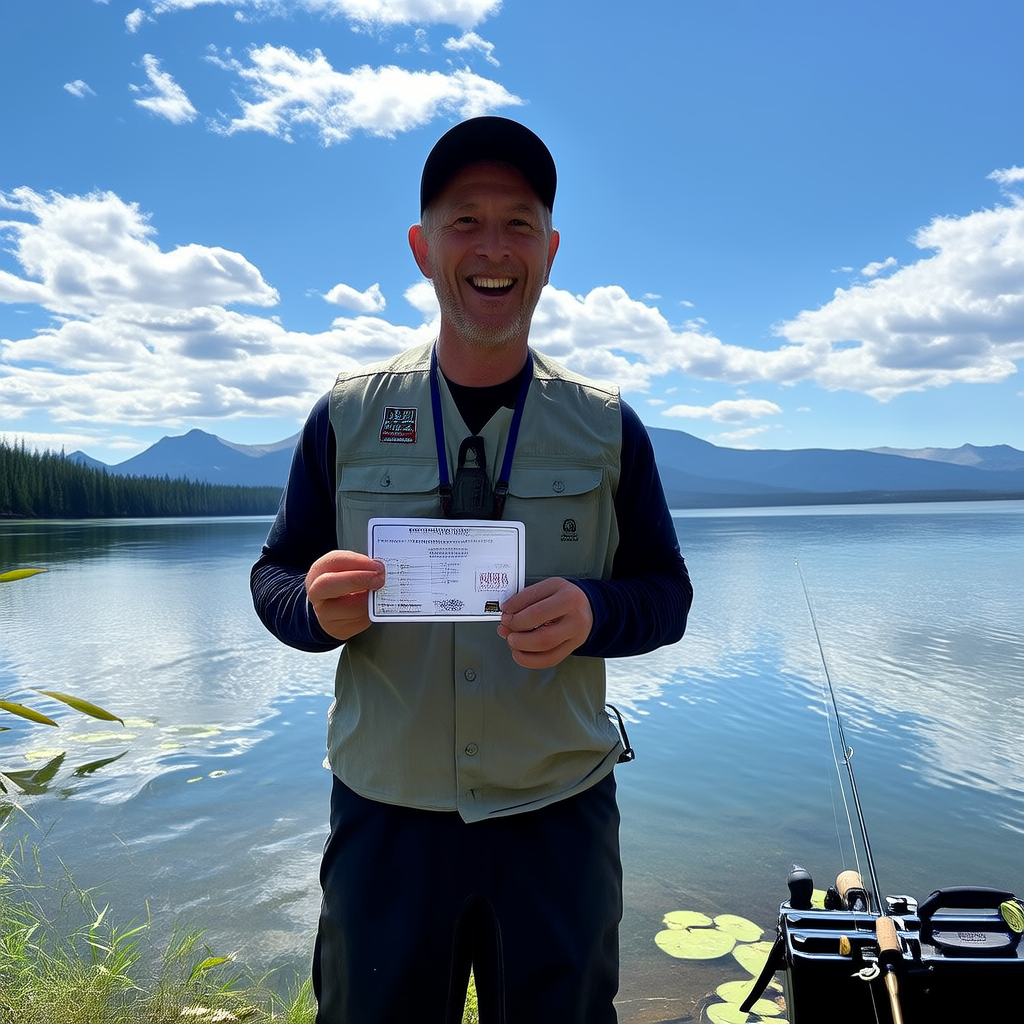Sheepshead, a fascinating and elusive game fish, inhabits the Gulf of Mexico as well as the southeast coast of the United States. These fish are known for their sharp teeth, strong jaw and are challenging for all levels of experience. This article is a definitive guide to sheepshead fishery.
What is Sheeps Head fishing?
Sheepshead Fishing is the art of catching a sheepshead. The fish is known for its black and white stripes, thick body and sharp teeth. Sheepshead are found in the Gulf of Mexico and the southeastern coast of United States. They can grow to a maximum of 30 inches.
The fact that sheepshead are notorious for stealing their bait is what makes fishing for them so exciting. Anglers who are experienced know how to bait hooks to attract the sheepshead.
Best Techniques for Sheeps Head fishing
Anglers can catch sheepshead using a variety of techniques. These include artificial lure fishing, fly fishing, and bait fishing. Here’s a brief overview of each technique.
Bait Fishing
Bait fishing is the use of live or dead baits to catch sheepshead. Live baits such as crabs or shrimp are particularly effective, since sheepshead feed primarily on crustaceans. Dead baits such as mussels and clams can also be used for catching sheepshead.
The Carolina rig is the most popular rig used for bait fishing. The Carolina rig is an attached leader and hook with a sliding weight. This rig allows for the bait to float along the bottom naturally, which is where sheepshead like to feed.
Artificial Lure Fishing
Plastic baits are used to catch sheepshead when artificial lure fishing. Anglers can fish for sheepshead using jigs or soft plastics. Artificial lure fishing allows anglers the opportunity to cover a wide area quickly.
The jighead is the most popular rig used for artificial lure fishing. The jighead is made by attaching a plastic lure to a jighead that serves as both a weight and a hook.
Fly Fishing
Fly fishing is not the most common method of fishing for sheepshead. Fly fishing can be a rewarding and challenging sport for those who are skilled.
Crab flies and Shrimp flies are the most effective flies to catch sheepshead. Fly fishing for sheepshead requires a heavy flyline and casting close to the bottom where sheepshead feed.
Best Locations for Sheeps Head fishing
Sheepshead are found primarily in the Gulf of Mexico, and along the southeast coast of the United States. Here are some of best places to fish for sheepshead:
Apalachicola, Florida
Apalachicola bay is an ideal location for sheepshead fishery. The shallow waters, as well as the numerous oyster beds, provide an ideal habitat.
Biloxi, Mississippi
Biloxi Bay, in Mississippi, is another great place to fish for sheepshead. The bay is shallow with oyster beds and makes it an ideal habitat for sheepshead.
Sanibel Island in Florida
Sanibel Island has become a popular place to fish for sheepshead. The island has several docks and fishing piers that are perfect for catching sheepshead.
Best Baits for Sheeps Head fishing
Sheepshead are known to feed on crustaceans, such as crabs and clams. Crabs, shrimps, and clams are the best baits to use for sheepshead fishing.
Some anglers use artificial lures, such as spoons or soft plastics. It is important to select artificial baits that closely resemble the natural prey for sheepshead.
Equipment Required for Sheepshead Fishing
Here is the list of equipment needed by anglers to catch sheepshead.
Rod and Reels
For sheepshead fishing, a medium- to heavyweight rod and reel is ideal. The rod and reel should also have a sensitive tip that can detect when a bite is made.
Line and Leader
For sheepshead fishing, a monofilament or braided line with a strength of between 10 and 20 lbs is ideal. A fluorocarbon line with a strength of between 20 and 30 pounds is also required because sheepshead have sharp teeth that can cut the line.
Hooks and Rigs
The hook size should be between 1/0 and 2/0 for sheepshead. The Carolina rig works well for bait fishing while the jighead is perfect for artificial lure fishing.
Bait and lures
Crabs, shrimps, and clams, whether alive or dead, are excellent baits when fishing for sheepshead. Artificial baits like jigs and spoons as well as soft plastics can also be effective.
Floats & Weights
When fishing with live bait, a float is required. When using live or deceased bait, a sliding-weight setup such as the Carolina Rig is ideal.
Scissors and Pliers
Anglers can use scissors to cut the line, while pliers will be needed to remove hooks and lures.
Tips for Successful Sheepshead Fishing
Here are some tips to help you catch sheepshead fish:
Select the Right Bait
As mentioned previously, sheepshead feed on crustaceans. Crabs, shrimps, and clams, whether alive or dead, are the best baits to use for sheepshead fishing.
Fish near Piers and Docks
Piers and docks make excellent habitats for the sheepshead. These structures provide a habitat for smaller species of fish that sheepshead eat. The structures also provide shade and protection to the fish.
Use Heavy Tackle
Sheepsheads have sharp teeth which can easily cut through fishing line. Anglers need to use heavy tackle in order to catch these fish.
Fishing During Slack Tide
The slack tide is the period when the water does not move. During this time, sheepshead are more active and aggressive in their feeding.
Conclusion
Sheepshead is a great pastime for novices and experienced fishermen alike. The reward is well worth the effort. Anglers can have a successful experience fishing for sheepshead with the right equipment, techniques, and bait.




